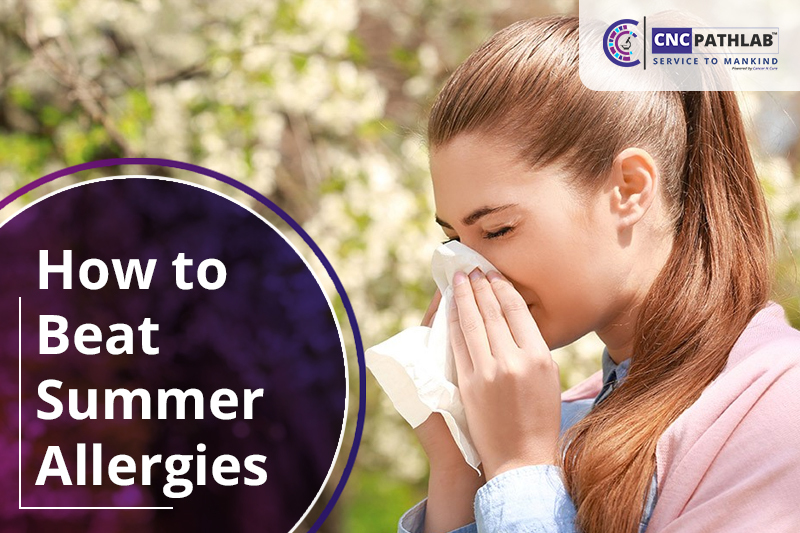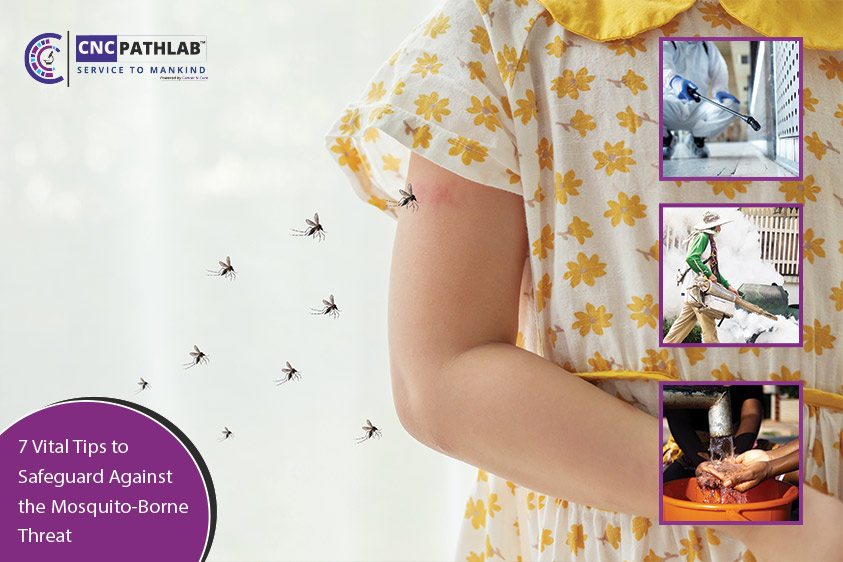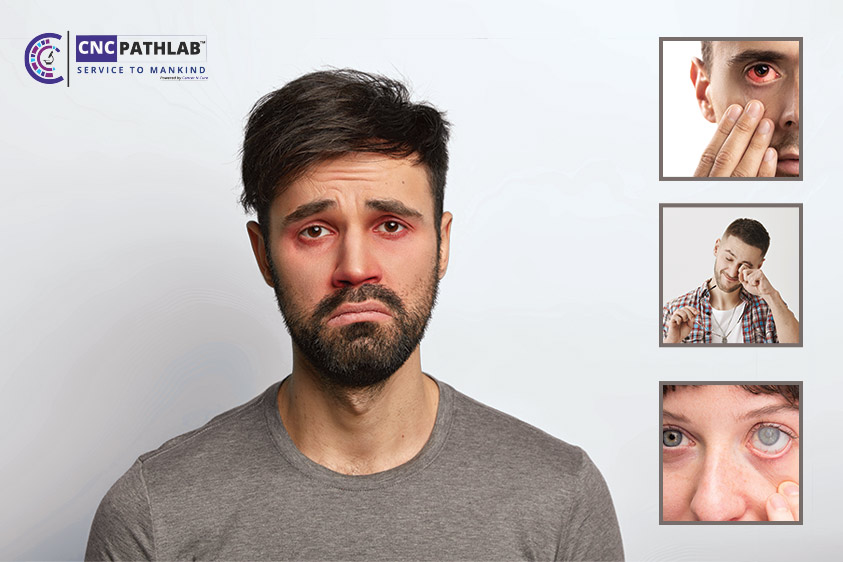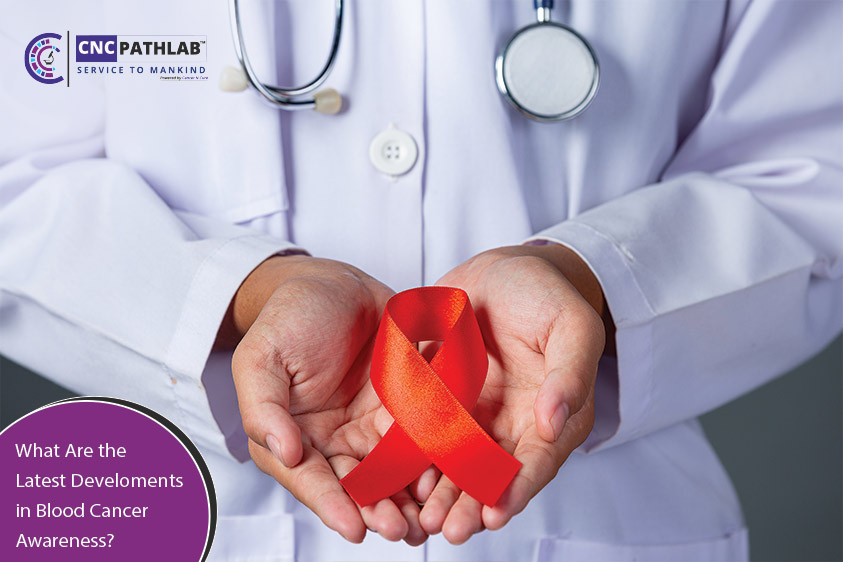How to Beat Summer Allergies
Even though spring has passed, you're still stuffy, sniffly, and sneezing.
Summer allergy season has here. It lasts long after the April showers and May blossoms have passed.
Many of the same factors are at work. You can take actions to get treated once you know what they are.
Read also: Why do you need Lipid Profile test?
The Most Serious Offender Is Pollen
By late spring, most trees have finished their pollen-fest. Summer allergies are triggered by grasses and weeds.
The type of plant to blame differs depending on where you are. The following are the ones most likely to make you sneeze or sniffle:
Weeds
- Ragweed
- Cockleweed
- Pigweed
- Russian thistle
- Sagebrush
- Tumbleweed
Grasses
- Bermuda
- Blue grasses
- Orchard
- Red top
- Sweet vernal
- Timothy
Ragweed is one of the most prevalent allergy triggers in the summer. On the wind, it can travel hundreds of kilometres. Though you're allergic to it, it can make you feel ill even if it doesn't grow where you live.
It's the Worst Time of Year for Smog
Summer pollution might exacerbate your problems. Ozone at ground level is one of the most common. It's made up of a combination of sunshine and chemicals from automobile exhaust in the atmosphere. Strong sunlight and calm winds form ozone clouds around some cities during the summer.
Read also: Why it is important to have an annual health check-up?
Stinging Critters Are More Active
When stinging insects such as bees, wasps, yellow jackets, hornets, fire ants, and other insects, allergic reactions can occur. A run-in with one of them if you have a serious allergy could result in a life-threatening situation.
Itching and swelling around the bite site are common symptoms of insect bites. However, they can sometimes cause a serious allergic reaction. Your throat feels as though it's closing up, and your tongue may enlarge as well. You may experience dizziness, nausea, or shock. This is a medical emergency, and you must get medical assistance immediately.
Warm air encourages the growth of tiny organisms.
Mold thrives in wet environments, such as the basement and restrooms. Their spores float around in the air, triggering an allergic reaction.
Dust mites, which are microscopic insects, are most active in the summer. They prefer warm, humid environments and build their nests in beds, fabrics, and carpets. Sneezes, wheezes, and runny noses might be triggered by their residue in the air.
Summer Allergy Symptoms
They're the same as the ones that bothered you in the spring:
- Runny nose
- Watery eyes
- Sneezing
- Coughing
- Itchy eyes and nose
- Dark circles under your eyes
What Is the Process of Diagnosis?
Your physician will inquire about your symptoms as well as your allergy history. They may make therapy recommendations.
They may also recommend you to a dermatologist who specializes in allergy treatment for a skin test. A little region on your arm or back will be exposed to a tiny sample of allergen by this allergist. A little red bump will appear if you react. Allergies can also be diagnosed with a blood test.
What Are the Different Types of Allergies and How Are They Treated?
The following are examples of over-the-counter medications:
- Antihistamines
- Decongestants
- Nasal spray decongestants -- don’t use them for more than 3 days.
- Corticosteroid nasal sprays
- Eye drops
- Nasal irrigation
How to Make the Allergy Season More Tolerable
To avoid your triggers, take a few simple measures.
- When pollen counts and pollution levels are high, stay inside.
- Close all of your doors and windows. To keep allergens at bay, turn on your air conditioner. Invest on an air purifier.
- Clean your air filters in your home on a regular basis. Clean bookshelves, vents, and other pollen-collecting areas as well.
- To get rid of dust mites and other allergens, wash bedding and carpets in hot water.
- After going outside, wash your hair, shower, and change your clothes.
- Vacuum frequently and use a mask. Pollen, mould, and dust trapped in your carpet may be released throughout the procedure. Make use of a vacuum cleaner with a HEPA filter.
- To avoid grass pollen, wear a mask when mowing your yard.
- Dust mites can't survive in humid environments, so keep the humidity in your home between 30% and 50%.


.jpg)


.jpg)
